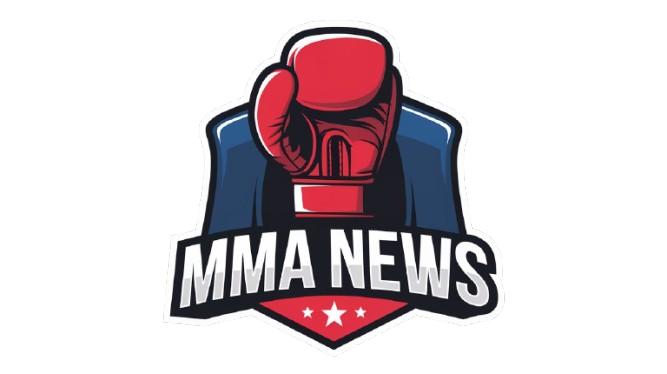Logan Storley, a standout collegiate wrestler and rising MMA fighter, has weighed in on the impact of Name, Image, and Likeness (NIL) money on the sport of wrestling. In a recent interview with CBS Sports, Storley highlighted how the influx of NIL opportunities has transformed the landscape for college wrestlers, influencing their decisions regarding whether to pursue a career in mixed martial arts. “It has changed a lot,” Storley remarked, shedding light on the evolving dynamics between collegiate wrestling and MMA in the era of athlete endorsements and financial incentives.
Impact of NIL Earnings on Collegiate Wrestlers Transitioning to MMA Explored by Logan Storley
Logan Storley, a notable name in both collegiate wrestling and MMA, recently weighed in on the evolving landscape brought about by NIL (Name, Image, and Likeness) earnings for wrestlers. According to Storley, the newfound ability for athletes to monetize their personal brands has fundamentally shifted the traditional path from collegiate wrestling to professional MMA. In past years, many top-tier wrestlers saw MMA as a lucrative next step due to limited financial opportunities during their college careers. Today, NIL opportunities offer collegiate athletes alternative revenue streams, sometimes making the jump to MMA less pressing.
Storley highlighted several key factors influencing this trend. Wrestlers who secure significant NIL deals can now delay or even rethink their MMA aspirations, as they are able to build their personal brands and income while still competing at the collegiate level. However, for some, this newfound income accelerates their transition by increasing their marketability and fighting potential in the eyes of MMA organizations. The impact is nuanced, but undeniably changing the recruitment and career planning landscape for wrestlers nationwide.
| Factor | Effect on Wrestlers |
|---|---|
| Increased NIL Income | Delays transition; more financial stability in college |
| Enhanced Marketability | Boosts MMA contract offers post-collegiate |
| Brand Building Opportunities | Creates alternative revenue paths |
Strategies for Wrestlers and Coaches to Navigate the Changing Landscape of Athlete Compensation
With the advent of NIL (Name, Image, and Likeness) compensation, wrestling programs and their coaching staff face a new reality that requires adaptability and proactive management. Coaches must now emphasize not only athletic development but also financial literacy and personal branding to help athletes capitalize on endorsement opportunities. Establishing strong relationships with local businesses and leveraging social media channels can enhance wrestlers’ marketability, ensuring they maximize their earning potential without losing focus on the mat.
Strategic guidance also involves preparing athletes for the evolving career paths available post-college. With MMA becoming a less certain option for some wrestlers due to attractive NIL deals, it’s crucial to evaluate long-term goals beyond immediate financial gain. Below is a quick overview of essential strategies for wrestlers and coaches navigating this shifting landscape:
- Brand Building: Invest in personal brand coaching and digital presence optimization.
- Financial Education: Teach budgeting, taxes, and contract negotiations early.
- Compliance Awareness: Stay updated with NCAA and state NIL regulations to avoid violations.
- Career Planning: Explore diverse professional options within and outside combat sports.
| Key Focus | Coach Role | Wrestler Benefit |
|---|---|---|
| Endorsement Opportunities | Identify local partnerships | Monetize NIL value promptly |
| Social Media Strategy | Provide marketing resources | Expand fan engagement |
| Compliance Training | Regular policy updates | Maintains eligibility |
Wrapping Up
As NIL opportunities continue to reshape the landscape of collegiate athletics, Logan Storley’s insights highlight a pivotal shift in the decision-making process for wrestlers considering a transition to MMA. With financial incentives now playing a more significant role, the traditional path from college wrestling to professional mixed martial arts may see profound changes in the years ahead. Observers and athletes alike will be closely watching how these developments influence the future of both sports.







